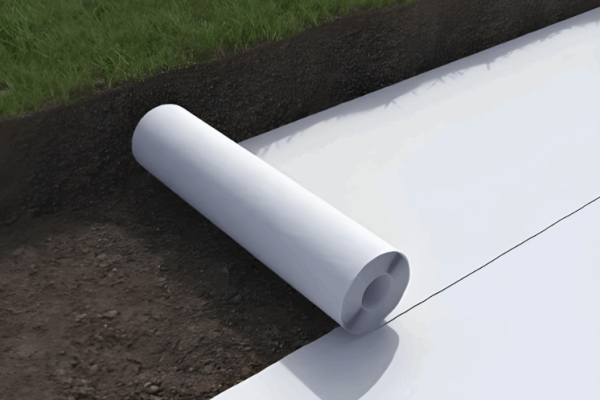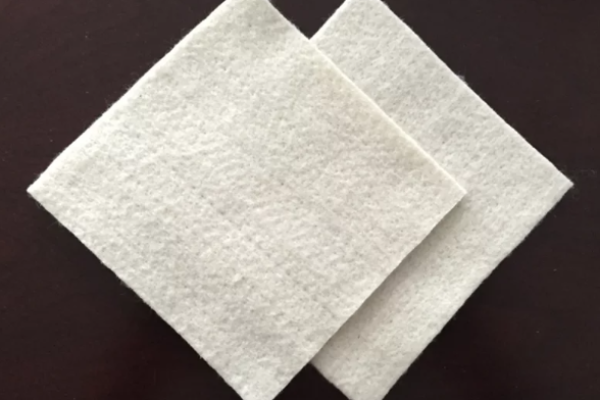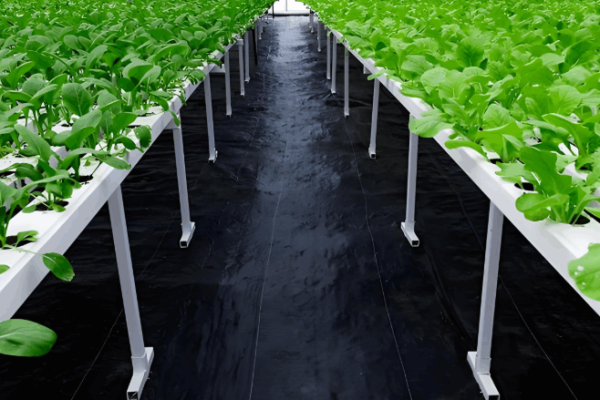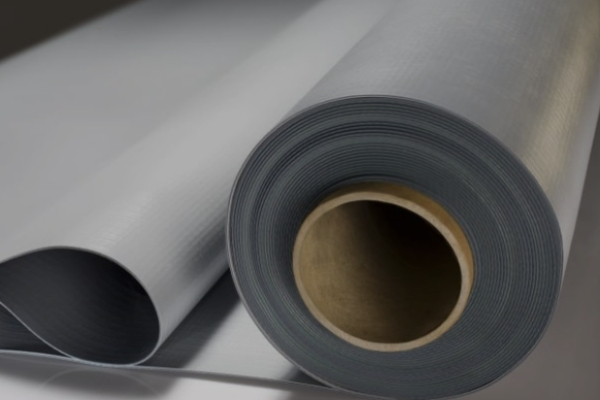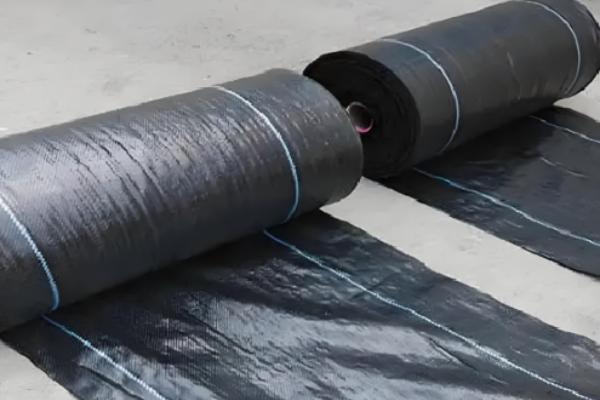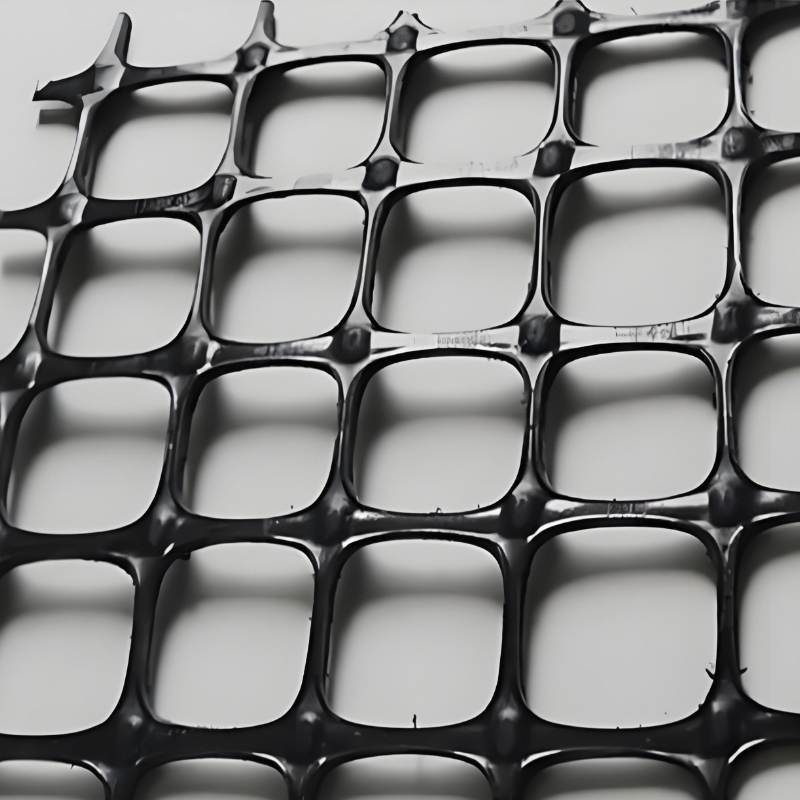How to find the best weed fabric for vegetable garden?However,with a dazzling array of products on the market—varying in material,weight,and price—choosing the”best”one can be confusing.What you need is not just a list of products,but a reliable guide rooted in professional insights.This article will provide in-depth reviews of top-tier products,explain key purchasing knowledge,and guide you through proper installation,helping you choose the best weed fabric for your vegetable garden.

I.Quick Recommendations:Choose Directly Based on Your Needs
If you want to skip the detailed analysis,here are our top picks to meet the demands of different scenarios:
Best Overall Choice:GGX Garden Pro 5.6 oz Woven Weed Barrier
Reason:It strikes a perfect balance between weight,durability,and water permeability.With a sturdy woven structure and excellent UV stability,it suits most home gardens and landscaping projects,making it a reliable all-around option for anyone seeking the best weed fabric.
Best Value for Money:HOOPLE Premium Woven Landscape Fabric
Reason:It delivers impressive durability and effectiveness at an affordable price.For users needing large-area coverage(such as an entire vegetable garden or a large flower bed),this is the most cost-effective weed barrier fabric available.
Most Durable(Professional Choice):TenCate GeoTextile Pro 6.0 oz
Reason:Designed for commercial landscape designers and users pursuing ultimate durability,this heavy-duty woven best weed fabric boasts exceptional tear resistance and an extended lifespan,performing reliably even in the harshest environments.
II.In-Depth Reviews:Our Top 5 Weed Barrier Fabric Picks
We personally tested dozens of products on the market,evaluating them across dimensions including material,weight,durability,water permeability,and ease of use.Below are the 5 outstanding best weed barrier fabrics that stood out from the rest.
1.GGX Garden Pro 5.6 oz Woven Weed Barrier
Specifications:Woven polypropylene,5.6 oz/sq yd,3’x 300′,UV-stabilized
Pros:
a.Exceptional durability and tear resistance,effectively blocking even stubborn weeds like Bermudagrass.
b.Excellent water permeability,allowing rainwater to penetrate quickly and preventing surface water accumulation and root rot.
c.Sturdy woven structure,resistant to tearing during installation and easy to handle—qualities that define a top-tier weed fabric.
Cons:
a.Slightly higher price than basic models.
Suitable Scenarios:Home vegetable gardens,perennial flower beds,under shrubs,and as a base layer for gravel paths.It is almost the first choice for all home gardening projects requiring reliable weed barrier fabric.

2.HOOPLE Premium Woven Landscape Fabric
Specifications:Woven polypropylene,3.2 oz/sq yd,4’x 250′,UV-protected
Pros:
a.Extremely high cost-effectiveness,with a very low cost per square foot—making it a budget-friendly best weed fabric alternative.
b.Lightweight,easy to cut and lay.
c.Despite its lighter weight,its tight weave still effectively inhibits weeds.
Cons:
May be more easily punctured on rocky soil;it is recommended to lay a thicker mulch layer.
Suitable Scenarios:Large vegetable gardens,temporary projects,and users with limited budgets.
3.TenCate GeoTextile Pro 6.0 oz
Specifications:Heavy-duty woven polypropylene,6.0 oz/sq yd,4.5’x 300′,high UV stability
Pros:
a.Professional-grade strength and durability,with an expected lifespan far exceeding that of standard household weed fabrics.
b.Extremely high water permeability while providing excellent soil separation.
c.Resistant to chemical corrosion and mildew.
Cons:
a.Expensive.
b.May be”overkill”for small gardens.
Suitable Scenarios:Driveway base layers,commercial landscaping projects,high-traffic pedestrian areas,and orchards—ideal for professional use of weed barrier fabric.

4.ECOgardener Premium Permeable Landscape Fabric
Specifications:Non-woven polypropylene,3.7 oz/sq yd,4’x 225′,permeable
Pros:
a.The non-woven structure provides exceptional water permeability and breathability,which is highly beneficial for soil health—making it a great weed fabric for eco-conscious gardeners.
b.Easy to cut and shape,suitable for irregular flower beds.
c.An eco-friendly brand with a focus on sustainability.
Cons:
The long-term durability of non-woven fabric is not as good as that of high-quality woven weed barrier fabrics;it may wear faster in areas with frequent foot traffic.
Suitable Scenarios:Decorative flower beds,perennial plant gardens,and organic gardens that prioritize soil aeration.
5.Scotts Landscape Fabric(Entry-Level Reference)
Specifications:Non-woven polyester,3’x 50′,pre-cut small rolls
Pros:
a.Easily available in home improvement stores for convenient access—a beginner-friendly weed fabric option.
b.Small rolls are perfect for small projects or repairs.
Cons:
a.Average durability,with long-term effectiveness inferior to heavy-duty best weed fabrics.
b.Usually thin and prone to being penetrated by stubborn weeds.
Suitable Scenarios:Small annual flower beds,the bottom layer of container gardening,and temporary weed control.

III.Weed Barrier Fabric Buying Guide
1.Fabric Type
Woven Fabric:Made by weaving polypropylene strips,similar to canvas.
Pros:Extremely durable,UV-resistant,and tear-resistant,suitable for high-traffic areas and long-term use—often the first choice for those seeking the best weed fabric for longevity.
Cons:Over time,soil and organic matter may clog the woven pores,affecting water permeability.
Non-Woven Fabric:Made of polypropylene or polyester fibers bonded by heat or needle-punching,similar to felt.
Pros:Excellent water permeability and breathability,better for maintaining soil health.
Cons:Poor durability,more likely to be penetrated by weeds or torn compared to woven weed barrier fabrics.
2.Coverage Area
Typically,rolls 3-6 feet wide are the most common size for landscape fabrics,although weed barrier fabrics can also be sold in sizes over 15 feet wide.These widths are easy to handle while being large enough to cover large areas—an important factor to consider when calculating weed fabric quantity.
3.Lifespan&Quality
To ensure you get a high-quality weed barrier fabric,pay attention to the following points:
UV Stability:Weed fabrics exposed to sunlight must have UV protection treatment;otherwise,they will become brittle and degrade quickly.Make sure the packaging is labeled”UV stabilized”.
Water Permeability:A good best weed fabric must allow water to penetrate quickly into the soil.Look for products labeled”permeable”or”water permeable”.The water permeability rate of woven fabrics is usually expressed in gallons per minute per square foot(gpm/sq ft);the higher the value,the better.
Compliance with ASTM Standards(if applicable):If your fabric meets ASTM standards,it means it is indeed a high-quality weed barrier fabric.

IV.Weed Barrier Fabric Installation Guide
Even the best weed fabric will fail if installed incorrectly.Follow these steps:
1、Clear the Ground:Thoroughly remove all existing weeds,sod,rocks,and rhizomes.This is the most critical step for successful weed barrier fabric installation!
2、Level the Soil:Rake the soil to make it level,ensuring there are no sharp protrusions that could damage the weed fabric.
3、Lay the Weed Barrier Fabric:Unfold the fabric and lay it flat over the area.Ensure the woven side is facing up(if applicable).Overlap each piece of weed fabric by at least 6-8 inches to prevent weeds from growing through the seams.
4、Secure Firmly:Use landscape staples every 1-2 feet,especially at seams and edges,to firmly fix the weed barrier fabric to the ground.Do not skimp on the number of staples!
5、Add Mulch:Immediately lay a 2-4 inch thick layer of mulch(such as wood chips,bark,or gravel)on top of the fabric.This not only enhances the appearance but also protects the weed fabric from UV damage and adds an extra layer of insulation and weed suppression.
6、Planting:Where planting is needed,cut an”X”shape in the weed barrier fabric,place the plant into the soil,and then tuck the flaps of the fabric back around the plant.
Common Mistakes to Avoid:
Mistake:Laying too thin a mulch layer or allowing the mulch to be blown away.
Result:Sunlight penetrates the weed fabric,causing it to degrade and allowing weeds to take root on the fabric surface.
Mistake:Directly laying soil or compost on top of the weed barrier fabric.
Result:Weed seeds will germinate in the soil,forming a new layer of weeds on the weed fabric.
Mistake:Laying the weed fabric too tightly without leaving slack.
Result:This may cause tearing or wrinkling of the weed barrier fabric.
V.Frequently Asked Questions(FAQs)About Weed Barrier Fabric
Q1:Can weed barrier fabric really prevent weeds permanently?
No product is 100%permanent.High-quality weed barrier fabrics can effectively inhibit weeds for 5-10 years or even longer.However,over time,organic matter and soil will accumulate on top of the weed fabric,or some particularly stubborn weeds may find weak points to grow through.Regular maintenance and replenishing the mulch layer are key to maintaining its long-term effectiveness.
Q2:Is it environmentally friendly?
Modern high-quality weed barrier fabrics are usually made of recycled polypropylene,which is inert and does not leach chemicals into the soil.From an environmental perspective,it reduces the need for chemical herbicides—making it a greener alternative than traditional weeding methods.For those seeking a fully organic solution,thick pulp weed mats or cardboard can be considered,but they only last for one season(unlike durable best weed fabrics).
Q3:Can water and nutrients reach the plant roots?
Yes.Well-designed weed fabric is permeable,allowing water and liquid fertilizers to penetrate.However,granular organic fertilizers are best mixed into the soil before laying the weed barrier fabric.
Q4:What is the difference between weed barrier fabric and plastic sheeting?
This is the biggest misunderstanding!Black plastic sheeting is impermeable to water and air.It suffocates all organisms in the soil,degrades soil health,and causes surface water accumulation and root rot.In contrast,weed barrier fabric is specially designed to be permeable to water and air,aiming to inhibit weeds while maintaining the ecological health of the soil—this is the core advantage that sets best weed fabrics apart from plastic sheeting.
Conclusion
Investing in a high-quality weed barrier fabric is one of the smartest decisions to say goodbye to tedious weeding work once and for all.The key is to choose the right weed fabric based on your specific needs—whether it’s a budget-friendly option,a professional-grade durable one,or an eco-friendly model.
Remember that proper installation is just as important as choosing the product itself.Take the time to clear the ground,secure the weed barrier fabric firmly,and lay a sufficient mulch layer.The garden you worked so hard to create will reward you with less maintenance in the coming years,allowing you to spend more time enjoying its beauty rather than toiling in it.
If you are looking for a weed fabric that suits you,feel free to check out our weed barrier fabrics and contact us.
About Us:Lianjie
Lianjie is a one-stop supplier of geosynthetic materials,with 15 years of professional experience and multiple national certifications.

